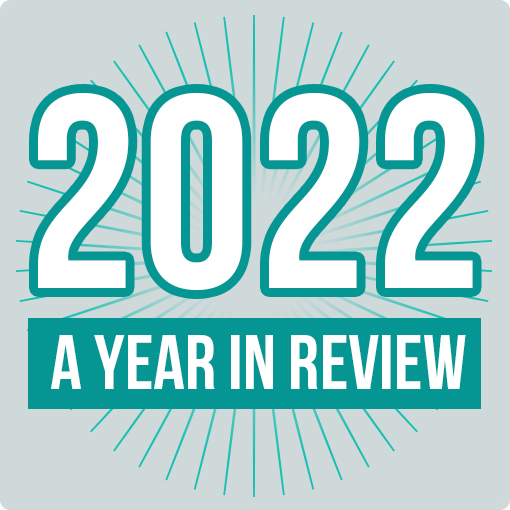 Compared to other online marketing tactics website optimisation is probably the hardest to deliver successfully.
Compared to other online marketing tactics website optimisation is probably the hardest to deliver successfully.
For instance let’s consider the more commonly used strategy for traffic building, Google Search Engine Optimisation (SEO). There are pages and pages of content from even Google themselves on what to do and specifically what to avoid in this space. Most recently during this month’s customer coaching call we spent 45 minutes working through a 32 page PDF document written by Google on this exact same subject. I realise that we are dealing with principles here that need to be applied properly, rather than dead cert tactics that work every time, nevertheless there’s a barrage of content on the web to help you better understand what the Google search engine is looking for.
And what about SEO’s paid advertising cousin, Google AdWords? Again you can you find a plethora of information to help optimise your campaign. Once again Google does a great job here too. Naturally it’s in their best interest that every advertiser achieves a positive return on their ad spending. And if learning from Google is not your thing then there are gurus galore that will take your money to help you optimise the paid advertising bidding environment.
So why is website conversion so different from these two tactics to make it an order of magnitude more challenging to apply?
Short answer:
People.
(And your ability to positively affect their behaviour)
Here you are not dealing with algorithms, bidding scenarios or advertising channels, you are dealing with red blooded, emotionally charged people and their travels through your pages.
Now don’t get me wrong, Google Analytics does a great job of translating these people into sessions, visits and visitors to help along the way, but in doing so it misses out on softer measures including points such as emotional state, inherent desire and even motivation to take action. Sound too hard? Well for some it is so they dive into traffic generation to solve their conversion problem. However if your site converts only 3% of its 10,000 visits per month and there’s a desire to double sales then you have the tough task of finding another 10,000 visits. So where’s that going to come from?
If you are lucky you may be able to optimise your site for a collection of target keywords from Google’s organic results. Or if money is not an option – and the sums work – and again the keyword traffic is there – then you could launch your first paid advertising campaign and hope your competitors don’t follow you into keyword bidding oblivion.
Over 50% of websites don’t have options like these. In their case they are getting all the traffic they can from organic in addition to an AdWords spend already maxed out. The only way they can grow is through making better use of the traffic they have.
So where do you start?

One option is to rely on the hard, functional data that Google Analytics can provide. Here you are looking for 20% of your web pages that are causing 80% of the problems. These tend to confuse rather than clarify. They reveal themselves in your Google Analytics account with high bounce rates, high exit rates and low time on site. They are bad in every way possible and need to be re-vitalised quick smart to ensure they help rather than hinder the sales process.
Another step is to stand back from reviewing individual page stats and work to uncover the true intent of the visitor as they work through your session. This is made easier when you employ some session recording tools as we have done with some of our client projects. These allow you literally sit on the shoulder of your visitor and follow where they go as they click around your pages. The Google Analytics “Visitor Flow” report helps here too. Review enough of this type of information and you will start to get a feel for the pathways people tread through within your websites pages and the problems that they experience along the way.
For instance after one series of sessions for a client we found a rather innocuous field that tripped up 17% of people that tried to complete a lead generation form causing them to leave the site in frustration. In another project we located a navigation option visitors were taking on a hotel booking website that when clicked took people out of the booking engine and in the process removing all of their booking history forcing them to start again with their registration.
In both situations you could almost hear the yells of angst coming through the browser screen. Fortunately both were easy to fix and once done produced a nice bump upwards in conversion rates.
These are just a few examples of what can be done to move a websites’ conversion rate upwards. Once achieved there’s nothing more inherently powerful than owning a website that converts twice as much as a competitors. Contact us today if this appeals to you.


